SOURCE: RAUNAK KUNDE / NEWS BEAT / IDRW.ORG
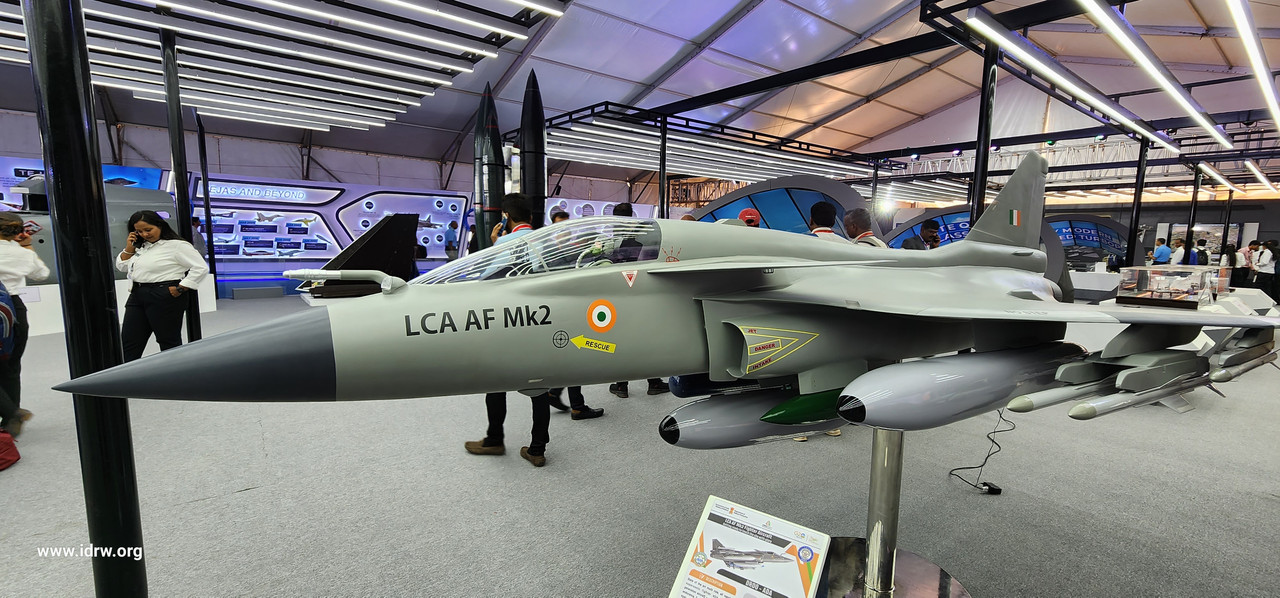
As Hindustan Aeronautics Limited (HAL) prepares to begin assembling the first Tejas MkII aircraft later this year, a crucial step in the program approaches. A team from GE Aerospace is expected to arrive in India by early to mid-2025 to oversee the integration of the GE F414 engines, the powerful heart of these next-generation fighter jets.
The Tejas MkII marks the first integration of the F414 engine into an indigenous aircraft. This necessitates close collaboration between HAL and GE. GE’s team will provide essential supervision to ensure proper engine integration and grant HAL engineers the necessary Original Equipment Manufacturer (OEM) clearances. Their expertise ensures the aircraft meets all performance and safety standards.
Continue readingSOURCE: RAUNAK KUNDE / NEWS BEAT / IDRW.ORG

The Defence Research and Development Organisation (DRDO) is revolutionizing air defence with a cutting-edge multi-layered system designed to combat the growing threat of drones. This new system, featuring a powerful Laser Directed Energy Weapon (DEW) for hardkill, leverages artificial intelligence (AI) and machine learning (ML) for unparalleled efficiency.
DRDO’s vision goes beyond just eliminating drones. This comprehensive air defence system incorporates advanced new sensors and effectors, painting a detailed picture of the airspace. This holistic approach strengthens India’s defenses against modern aerial threats, including drones and precision-guided munitions. Notably, the system boasts increased resistance to saturation attacks, a tactic where adversaries overwhelm defenses with numerous drones.
Continue readingSOURCE: IDRW.ORG
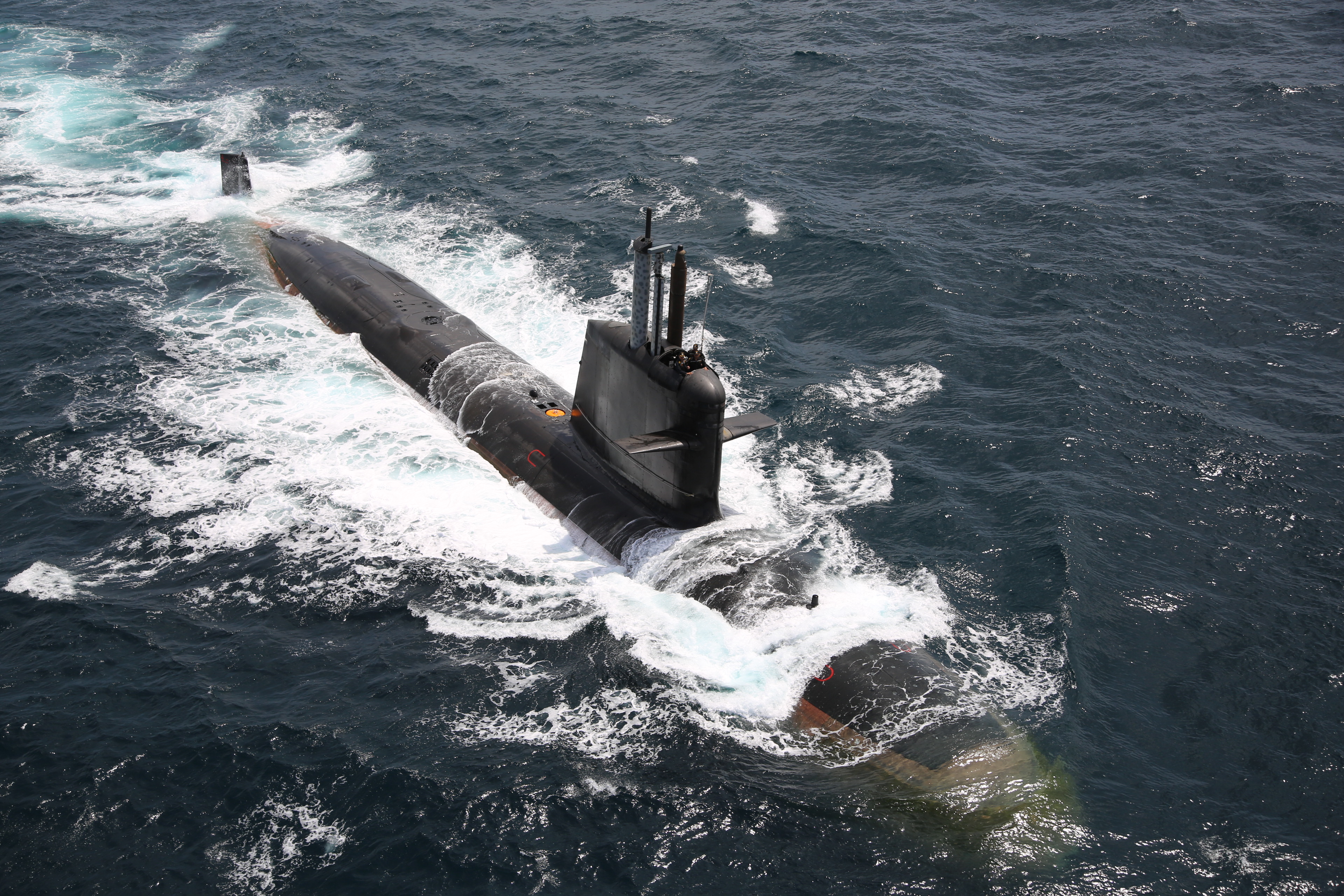
India’s quest for a stronger underwater presence is gaining momentum. Talks are underway between the Indian Navy and Naval Group for the procurement of three additional Scorpene submarines, according to Rear Admiral Rahul Kumar Shrawat (retd.), Chairman and Managing Director of Naval Group in India.
This new deal promises a significant boost to India’s indigenous defense capabilities. The agreement aims for a staggering 60% indigenous content in the submarines, marking a substantial leap from previous projects.
Continue readingSOURCE: IDRW.ORG
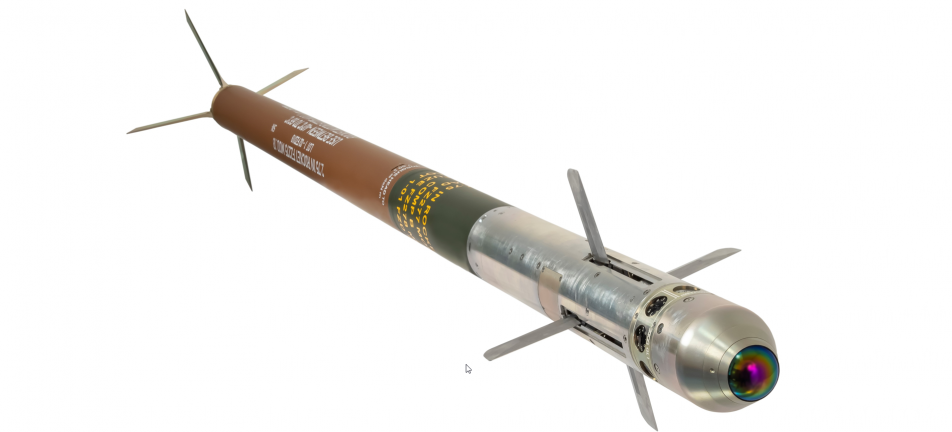
In a significant move towards self-reliance in defense manufacturing, India’s Adani Defence and Aerospace has joined forces with French giant Thales to produce two cutting-edge 70mm rocket systems within India. This collaboration will see the FZ275 Laser-Guided Rocket (LGR) and the FZ90 unguided Folding Fin Aircraft Rocket (FFAR) manufactured locally.
Under the agreement, Adani Defence will act as the prime integrator, responsible for overseeing the entire production process in India. This signifies a critical step towards India’s “Make in India” initiative, fostering domestic defense capabilities and reducing reliance on foreign imports.
Continue readingSOURCE: RAUNAK KUNDE / NEWS BEAT / IDRW.ORG

India’s Defense Research and Development Organisation (DRDO) is making significant strides in underwater warfare technology with the development of an advanced Air-Independent Propulsion (AIP) module. This innovative system promises to significantly enhance the endurance and capabilities of Indian submarines.
The DRDO’s AIP module utilizes phosphoric acid fuel cells, each generating a robust 13.5 kW of power. While this output meets the immediate needs of the Kalvari-class submarines (currently requiring up to 15.5 kW), DRDO is setting its sights even higher. Recognizing the need for future submarine classes like the P-76, they’re spearheading the development of a larger AIP module capable of generating a scaled-up 20 kW.
Continue readingSOURCE: RAUNAK KUNDE / NEWS BEAT / IDRW.ORG

The Indian Navy has unveiled its vision for the Jalkapi, a next-generation Autonomous Underwater Vehicle (AUV) designed for extended underwater survey missions. This ambitious project aims to provide the Navy with a powerful tool for gathering critical data from the depths of the ocean.
The Jalkapi boasts an impressive mission endurance of 45 days at sea. This extended operational capability is achieved through onboard recharging using a diesel generator, allowing the AUV to replenish its batteries and continue its mission without needing to return to a support vessel.
Continue readingSOURCE: RAUNAK KUNDE / NEWS BEAT / IDRW.ORG

The Defence Research and Development Organisation (DRDO) is taking its Smart Anti-Airfield Weapon (SAAW) program to new heights. Plans are underway to transform the SAAW into a mini air-launched cruise missile (ALCM) variant, significantly enhancing its capabilities.
The existing SAAW is an unpowered weapon, relying on glide for target acquisition. The new ALCM variant will be equipped with a mini turbojet engine, enabling powered flight and a substantial increase in operational range. This upgrade is expected to push the range beyond 200 kilometres, compared to the 100 kilometres of the current SAAW EQ variant.
Continue readingSOURCE: IDRW.ORG TEAM

The Defence Research and Development Organisation (DRDO) has confirmed the upcoming induction of the Astra MkII, a new Beyond Visual Range (BVR) air-to-air missile, into the Indian Air Force (IAF). Dr. Samir V. Kamat, Secretary, Department of Defence R&D and Chairman, DRDO, made the announcement, corroborating an earlier report by idrw.org.
The Astra MkII is expected to significantly enhance the IAF’s BVR combat capabilities. According to Dr. Kamat, the missile will be inducted within the next 2-3 years. This timeline aligns with idrw.org’s report suggesting user trials are set to begin later this year with production-ready configurations launched from Su-30MKI fighter jets.
Continue readingSOURCE: IDRW.ORG

The Gas Turbine Research Establishment (GTRE), a Bengaluru-based laboratory of DRDO, has partnered with ChiStats Labs, a data science and AI startup, to develop a revolutionary system for Aero Gas Turbine Engine (AGTE) health monitoring. This project leverages cutting-edge virtual sensors and artificial intelligence to ensure optimal engine performance and longevity.
This groundbreaking initiative focuses on creating a comprehensive diagnostic system for AGTEs. The system, built on a robust foundation of AI and Machine Learning (AI/ML), efficiently handles the massive amount of data generated by these engines. This allows for rapid and highly accurate operational assessments, leading to better-informed maintenance decisions. The virtual sensor framework, being developed indigenously, represents a significant leap forward in engine health monitoring.
Continue readingSOURCE: RAUNAK KUNDE / NEWS BEAT / IDRW.ORG

The Indian Air Force (IAF) is intensifying its efforts to expedite the procurement of 114 Multi-Role Fighter Aircraft (MRFA). The force has urged the Ministry of Defence (MoD) to prioritize the Acceptance of Necessity (AoN) for the MRFA tender, which has been pending since last year.
The AoN is crucial as it grants budgetary approvals necessary to fund the program. With this clearance, the IAF can proceed with issuing a Request for Proposal (RFP) to interested global aviation giants. The tender has already seen participation from around eight contenders in the initial Request for Information (RFI) phase issued over five years ago. The RFP will provide an opportunity for these companies to reassess their offerings and either submit more competitive bids or withdraw from the competition.
Continue readingSOURCE: RAUNAK KUNDE / NEWS BEAT / IDRW.ORG

Hindustan Aeronautics Limited (HAL) is in the final stages of preparing its price bid for the acquisition of 97 additional Light Combat Aircraft (LCA) Tejas Mark-1A fighter jets. The Defence Ministry had issued a Request for Proposal (RFP) for these aircraft in April this year.
The procurement of these additional Tejas aircraft is a significant step towards bolstering the Indian Air Force’s (IAF) combat capabilities. The Defence Acquisition Council (DAC) had already granted its approval for the acquisition in November 2023.
Continue readingSOURCE: RAUNAK KUNDE / NEWS BEAT / IDRW.ORG
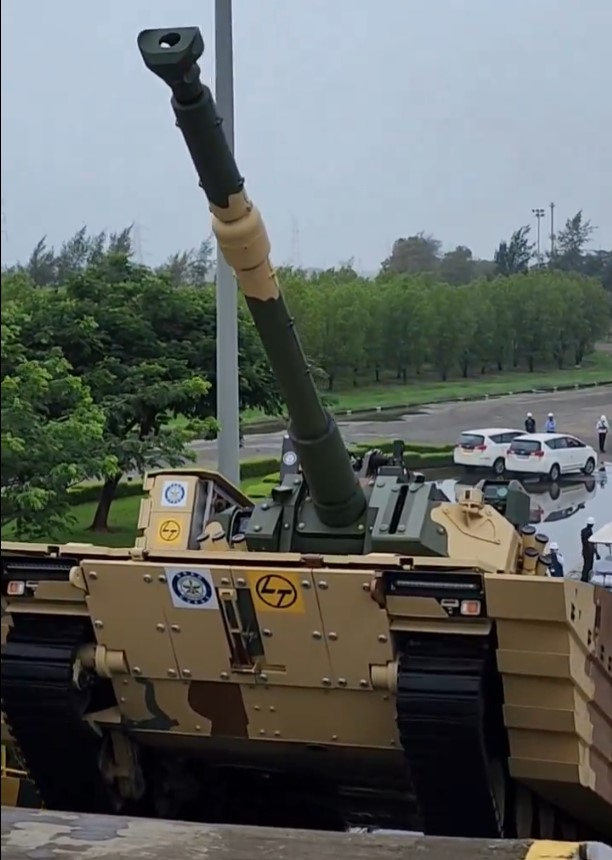
The Defence Research and Development Organisation (DRDO) has announced a new project under its Technology Development Fund (TDF) scheme. This initiative seeks collaboration with an innovative Indian startup to develop Segmented Rubber Tracks (SRT) for India’s fleet of armoured fighting vehicles.
Traditionally, armoured vehicles rely on steel tracks for their robust performance. While these tracks offer undeniable strength and durability, they come with significant drawbacks. Steel tracks are bulky, adding unnecessary weight to the vehicle. Additionally, they generate significant noise and vibration during operation, leading to crew fatigue and potentially compromising stealth. Furthermore, steel tracks can cause damage to roads and other surfaces.
Continue readingSOURCE: RAUNAK KUNDE / NEWS BEAT / IDRW.ORG
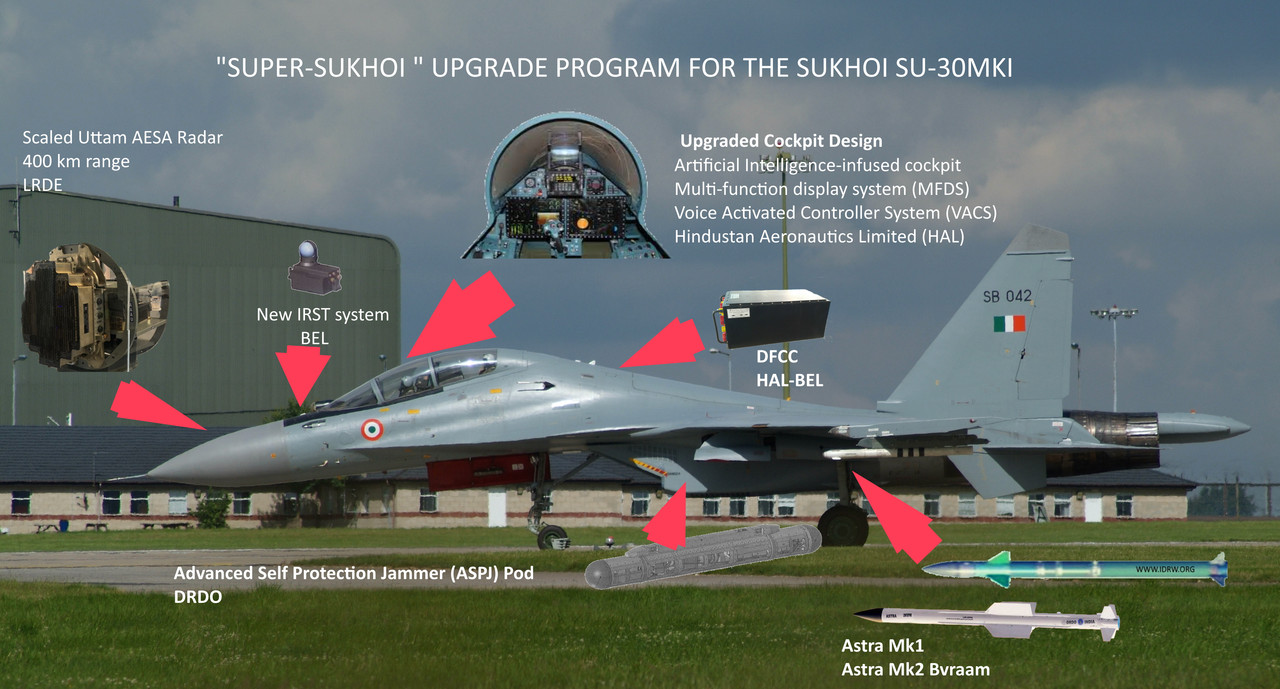
Hindustan Aeronautics Limited (HAL) has received clearance to upgrade the first tranche of 84 Sukhoi 30 MKI fighter jets. This significant modernization effort will integrate Indian-made avionics, radar, and mission computers, with the upgrade costing approximately INR 130-140 crore per aircraft, according to recent media reports.
One of the most notable aspects of the upgrade is the substantial increase in indigenous content. The upgraded Sukhoi 30 MKI will feature 78% Indian-made components, a marked improvement that aligns with India’s ‘Make in India’ initiative. This move not only boosts local manufacturing and technology development but also reduces dependency on foreign suppliers, enhancing national security.
Continue readingSOURCE: RAUNAK KUNDE / NEWS BEAT / IDRW.ORG
:quality(70)/cloudfront-us-east-1.images.arcpublishing.com/archetype/CHYLWIXJGVCU7DRVA3INZNNMY4.jpg)
During Prime Minister Narendra Modi’s first bilateral visit to Russia since securing his third term, Russia reignited its proposal for joint production of its advanced S-500 air defence system. This development comes as India continues to bolster its defence capabilities, having already procured the Russian S-400 system for its border security.
The S-500 air defence system developed as a successor to the S-400, represents a significant leap in aerial defence technology. It is designed to intercept a wide array of aerial threats, including unmanned aerial vehicles (UAVs), hypersonic missiles, and ballistic missiles, at ranges extending up to 600 kilometres.
Continue readingSOURCE: RAUNAK KUNDE / NEWS BEAT / IDRW.ORG

The Indian Ministry of Defence is poised to greenlight Project 17B, a significant expansion of the Indian Navy’s fleet. This ambitious project will see the construction of eight advanced stealth frigates, likely to be divided between Mazagon Dock Limited (MDL) and Garden Reach Shipbuilders and Engineers (GRSE). With an estimated cost exceeding $7.5 billion, Project 17B represents a major investment in India’s naval capabilities.
Building upon the success of Project 17A, which is currently underway, the new frigates will incorporate the same stealth design and advanced features as the Nilgiri-class frigates. However, Project 17B ships will benefit from further refinements and technological upgrades.
Continue reading